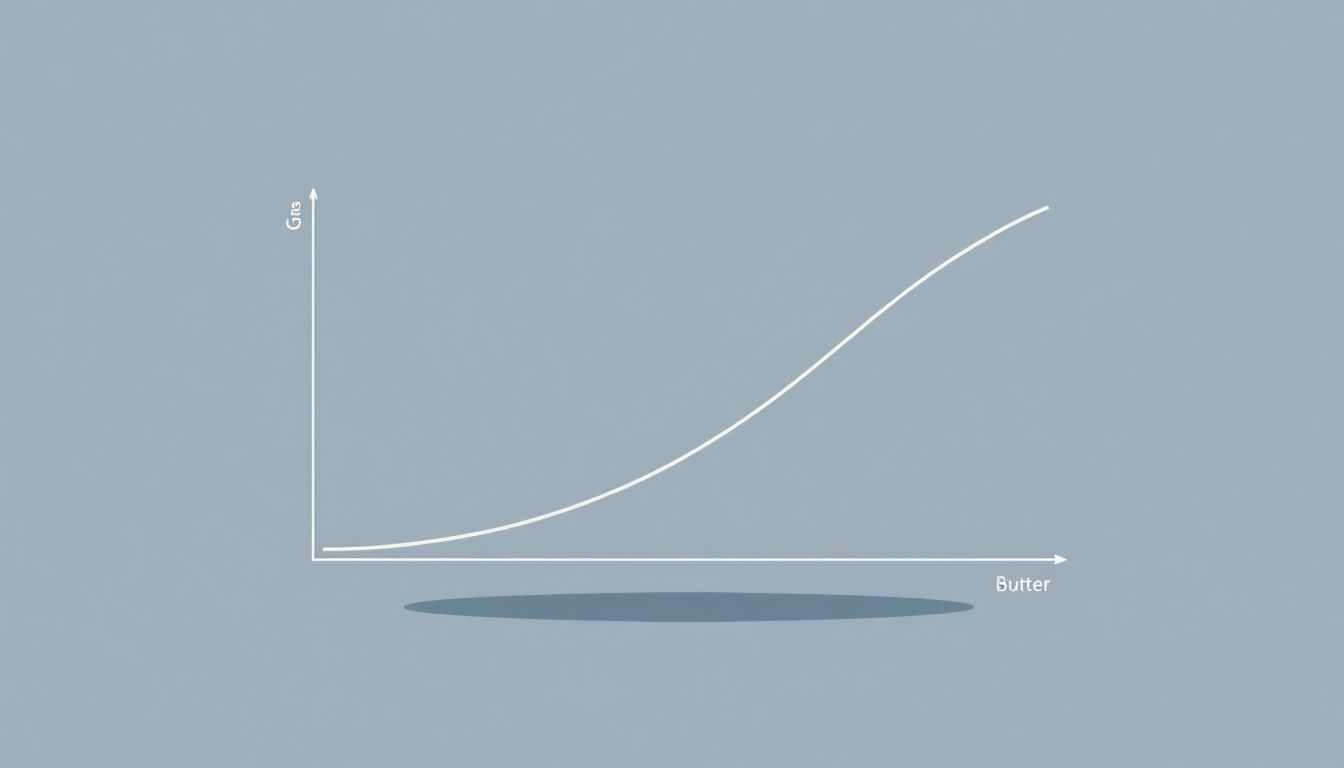Several firms that are trying to sell somewhat different products to the same consumers—this is what we observe around us on the market scene. This is the working of monopolistic competition. It is a market of many firms; they sell products that are similar but not identical, territories of competition, and distinctiveness. This article looks into its basic workings.
Definition Of Monopolistic Competition
Monopolistic competition defines a market structure that lies between perfect competition and pure monopoly. Numerous firms compete. However, the products offered by each firm differ from those of the others. Think of clothing brands or restaurants. There are so many of them, but each offers something special.
Core Characteristics Defined
Some key features define this market:
- There are many firms with selection and choice
- The products concerned are not identical (termed product differentiation)
- Barriers to entry and exit are low
- Information is far from perfect—consumers don’t know everything about every product
Monopolistic Competition vs. Perfect Competition vs. Monopoly
Let us see how this can be depicted.
| Feature | Monopolistic Competition | Perfect Competition | Monopoly |
|---|---|---|---|
| Number of Firms | Many | Very Many | One |
| Product Difference | Yes | No | Unique |
| Barriers to Entry | Low | Very Low | High |
| Price Control | Some | None | Significant |
Perfect competition means that product offerings are identical, and no one firm has any control over price. A monopoly means there is only one seller, which has total control of the market and price. Monopolistic competition lies in the middle.
How Monopolistic Competition Works: A Further Analysis
Decision-making in that market means making choices concerning pricing, output, and advertising geared towards making an impression. This is the process that builds the brand—the attraction of customers.
Strategies of Product Differentiation
Differentiation strategies can produce a variety:
- Quality of the product is critical
- Different features may allow a product to be differentiated
- Some differentiation may happen through branding
- Location could matter significantly
- Customer service is also valued
- Eco-materials are marketed by the clothing store
- The atmosphere plays a big role for the coffee shop
The Impact of Advertising and Marketing
Advertising and marketing let consumers know. These create brand loyalty. Many ads can make the product more attractive in comparison to competitor products. Good marketing creates a trustful image. However, this can be a very costly process. The efforts really don’t go all the time into the right direction.
Examples of Monopolistic Competition
Monopolistic competition can be seen around you everywhere. Restaurants are one classic example. Clothing stores are a different one. Hair salons fit into the mold. Coffee shops would also be a fine example.
The Restaurant Business
The restaurant business can be put competitively on various counts:
- The menu is paramount
- The ambience and overall feel are important
- Service is critical
- The location counts
- Pricing strategies vary broadly
Some restaurants target the budget-minded crowd, while others are more inclined to focus on a fine dining atmosphere.
The Clothing Retail Market
Clothing brands are in cut-throat competition:
- Design is key
- Quality is in consideration
- Marketing will develop the image of the brand
Still, customer loyalty is very much needed. Some brands play up trends in fashion. Others focus on comfort and durability.
Advantages and Disadvantages of Monopolistic Competition
Monopolistic competition is both an advantage and a drawback to both consumers and producers.
Advantages for Consumers
- Consumers get more choices
- They enjoy greater variety
- They often find higher quality
- Another perk is convenience—most times, you can find what you need nearby
Drawbacks for Producers and Economic Efficiency
- Producers might be keeping idle resources
- Prices might be higher here than under pure competition
- The cost of advertising thus mounts
- It can diminish economic efficiency
Long-Run Equilibrium in Monopolistic Competition
On a long-term basis, firms make zero economic profits. It means that firms recover their costs. They earn a living to remain in business. But making high profits is not their lot.
Adjustments to Demand and Cost
The entering of new firms into the market modifies the existing conditions. Demand curves receive shifts. Costs get upward pressure. The effect is on existing firms that need to adjust—maybe to reduce their price or find another way to cut costs.
Whether This Will Enforce Innovation and New Product Developments
In order to make an impact on the market, companies wish to be innovative. This forces them to innovate. They launch totally new products. Or they put new features on an old one. With the desire of staying ahead.
Conclusion
Monopolistic competition acts as a balancing structure between pure competition and monopoly. It is one of the common structures in actual markets. In that, it provides so very many different options and methods of doing business. Want to learn more? Other market structures await your exploratory touch!



